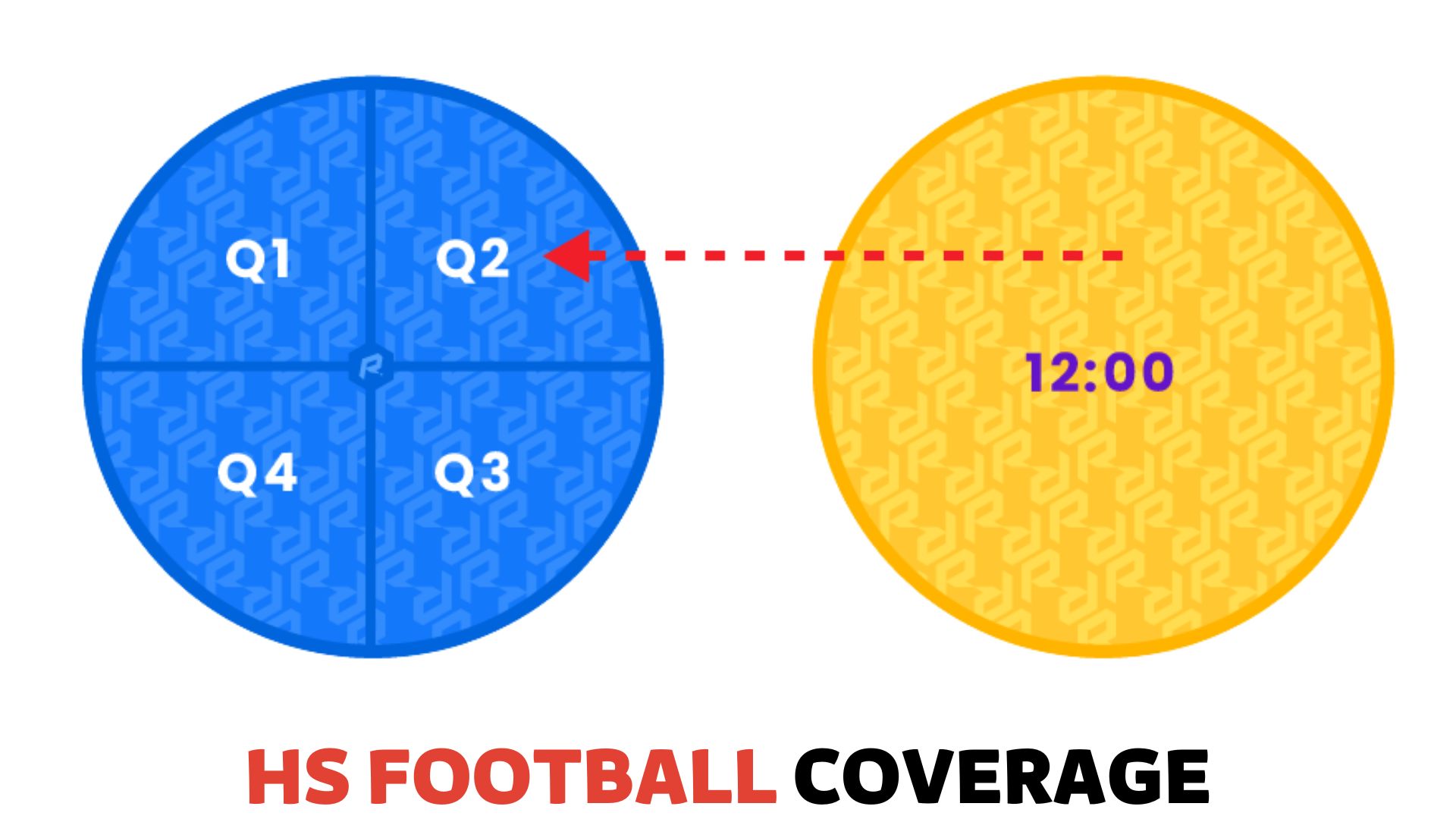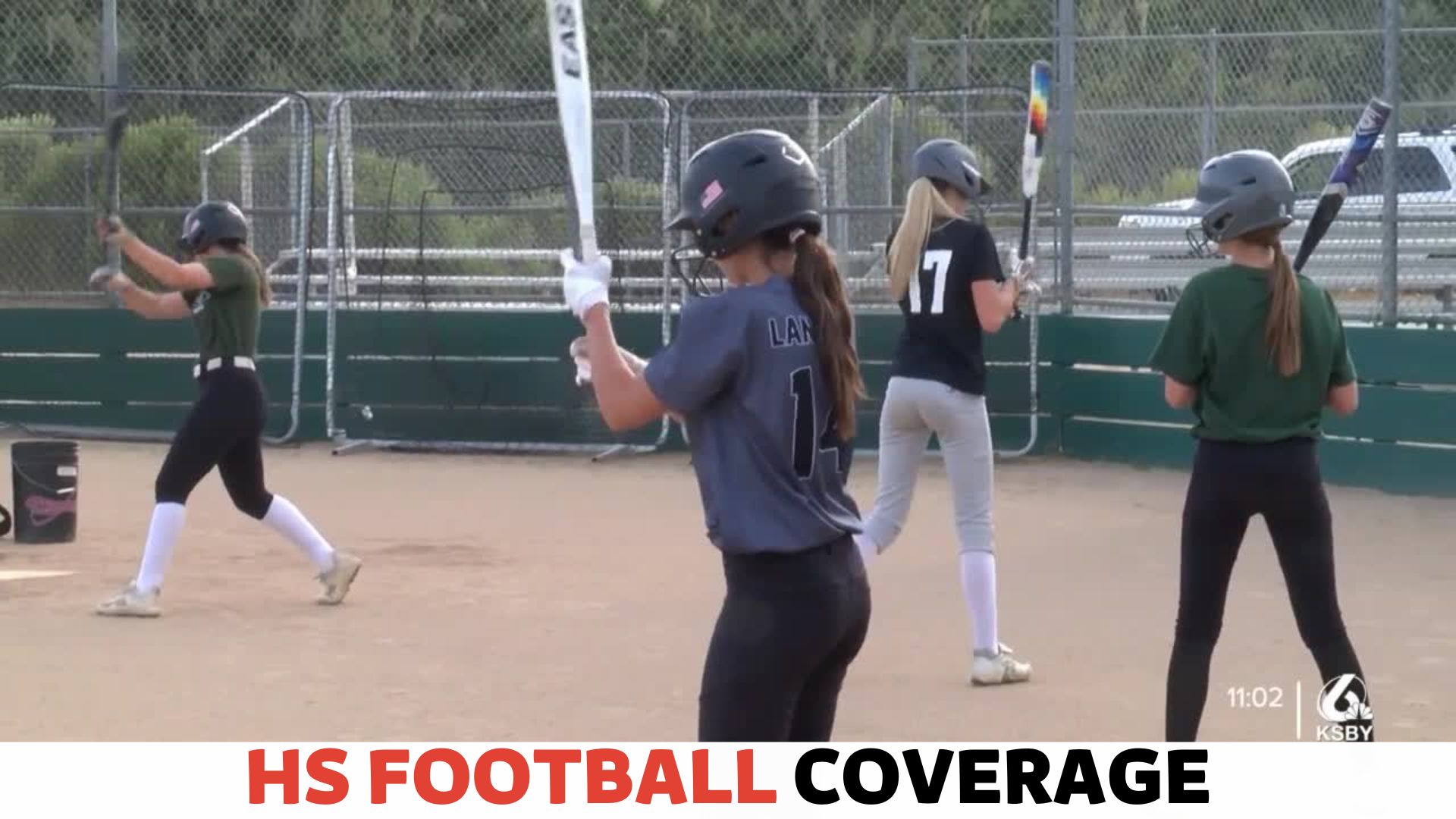
High school wrestling weight classes include various divisions based on weight range and are used to ensure fair and balanced competition for athletes. In these weight classes, wrestlers are grouped by weight to compete against opponents of similar size and strength.
It helps maintain fairness in matches and prevents advantage due to weight disparities. High school wrestling weights typically range from 106 to 285 pounds, with incremental divisions of 113, 120, 126, 132, 138, 145, 152, 160, 170, 182, 195, 220, and heavyweight.
These weight classes allow wrestlers to compete against opponents within a similar weight range and maximize competition efficiency.
Ultimately, high school wrestling weight classes ensure fair play and equal opportunities for athletes.
What are High School Wrestling Weight Classes?

In high school wrestling, weight classes are categories that organize wrestlers based on their weight.
These weight classes are designed to ensure fair competition and provide a level playing field for all participants.
Understanding the weight classes in high school wrestling is essential for both wrestlers and fans to appreciate the sport’s dynamics and competitions.
Explanation of Weight Classes in High School Wrestling
High school wrestling weight classes are divisions in which wrestlers are grouped based on their weight range.
The National Federation of State High School Associations (NFHS) determines the standard weight classes for high school wrestling.
These weight classes may vary slightly from state to state, but the basic structure remains consistent.
Here is an overview of the typical weight classes in high school wrestling:
| Weight Class | Weight Range (in pounds) |
|---|---|
| 106 | Up to 106 |
| 113 | 107-113 |
| 120 | 114-120 |
| 126 | 121-126 |
| 132 | 127-132 |
| 138 | 133-138 |
| 145 | 139-145 |
| 152 | 146-152 |
| 160 | 153-160 |
| 170 | 161-170 |
| 182 | 171-182 |
| 195 | 183-195 |
| 220 | 196-220 |
| 285 | 221-285 |
It’s important to note that these weight classes are subject to change and may vary based on the specific regulations of each state or wrestling association.
Wrestlers must compete in the weight class that corresponds to their weight on the day of competition.
How Weight Classes are Determined
The determination of weight classes in high school wrestling follows a structured process to ensure fairness and an equal opportunity for competition.
Wrestlers undergo a weigh-in before each event to determine their weight. They must meet the weight criteria for their desired weight class, as well as any additional regulations set by the governing body.
Weight classes are typically established with an incremental increase in weight as you move up the scale.
This allows for a gradual progression of weight divisions, ensuring that wrestlers of similar sizes and strengths compete against each other.
Importance of Weight Classes in Maintaining Fairness
The weight classes in high school wrestling play a crucial role in maintaining fairness and competitiveness within the sport.
By categorizing wrestlers based on weight, it helps level the playing field and prevents a significant disadvantage for lighter or heavier wrestlers.
By having weight classes, wrestlers can compete against opponents with similar size and strength, leading to more balanced and competitive matches.
It not only enhances safety but also creates a more exciting and engaging experience for both wrestlers and spectators.
Moreover, weight classes ensure that wrestlers can compete healthily and sustainably. Wrestlers are encouraged to maintain their weight in a responsible manner rather than resorting to unhealthy practices to fit into a lower weight class.
The high school wrestling weight classes system is a testament to the commitment of the sport to fairness, safety, and the development of well-rounded athletes.
What is the Purpose of Weight Classes in High School Wrestling?
Weight classes are crucial in high school wrestling, serving several important purposes. By categorizing wrestlers based on their weight, these weight classes ensure competition.
Matches prevent size and strength advantages and promote safety while reducing the risk of injuries. Let’s explore each purpose in detail.
Ensuring Competitive Matches
One of the primary purposes of weight classes in high school wrestling is to ensure competitive matches.
By dividing wrestlers into specific weight ranges, athletes are pitted against opponents of similar size and strength.
This creates a level playing field, allowing wrestlers to compete against opponents who are more likely to possess similar physical attributes.
As a result, matches become more evenly matched, fostering exciting and engaging competitions.
Preventing Size and Strength Advantages
Weight classes in high school wrestling also serve the purpose of preventing size and strength advantages.
Without weight classes, larger and stronger competitors would have a significant advantage over their smaller opponents.
This could lead to unfair matches where the outcome is heavily influenced by the size and strength disparities.
By grouping wrestlers based on weight, athletes are given a fair chance to compete against opponents who possess comparable physical attributes, creating a more balanced and competitive environment.
Promoting Safety and Reducing the Risk of Injuries
The safety of wrestlers is paramount in high school wrestling, and weight classes are essential in promoting this.
By categorizing wrestlers based on weight, the likelihood of a significant weight difference between opponents is minimized.
This reduces the risk of serious injuries resulting from size and strength disparities during matches.
Wrestlers are less likely to be overpowered by opponents with a significant weight advantage, leading to a safer environment for all participants.
In addition, weight classes also ensure that wrestlers compete against opponents who are at a similar stage of physical development.
This is important for avoiding potential harm to growing bodies, as young athletes may be more susceptible to injuries from wrestling against opponents significantly different in size or strength.
Overall, weight classes in high school wrestling serve multiple purposes. They ensure competitive matches, prevent size and strength advantages, and promote safety by reducing the risk of injuries.
By adhering to these weight classifications, high school wrestlers can engage in fair, exciting, and safe competition that allows their skills to shine on the mat.
Weight Class Categories in High School Wrestling
High school wrestling weight classes are designated categories based on a wrestler’s weight, ensuring fair competition.
These weight classes create opportunities for athletes of various sizes to compete on an equal playing field.
Weight class categories in high school wrestling are essential for ensuring fair competition among athletes.
These categories establish specific weight limits that wrestlers must meet to participate in a particular class.
By dividing wrestlers into different weight classes, the sport aims to create an equal playing field where size and strength are relatively balanced.
Understanding the weight class divisions in high school wrestling is crucial for both athletes and spectators.
In this section, we will provide an overview of different weight categories, the minimum and maximum weight limits for each category, and the common weight class divisions seen in high school wrestling.
Overview of Different Weight Categories
In high school wrestling, weight categories typically range from the lightest to the heaviest, gradually increasing to accommodate varying body sizes and weights.
Wrestlers are classified into specific classes based on their weight, ensuring they compete against opponents of similar size and strength.
These weight categories aim to minimize any potential advantages or disadvantages that may arise due to differences in weight.
Minimum and Maximum Weight Limits for Each Category
Each weight category in high school wrestling has a minimum and maximum weight limit. Wrestlers must weigh within these specified limits to compete in a particular class.
These limits prevent wrestlers from participating in weight classes that may not suit their body size.
By establishing minimum and maximum weight limits, the sport promotes fairness and safety among athletes.
To provide a better understanding, here is a table outlining the minimum and maximum weight limits for common weight class divisions in high school wrestling:
| Weight Class | Minimum Weight (lbs) | Maximum Weight (lbs) |
|---|---|---|
| Flyweight | 106 | 113 |
| Bantamweight | 113 | 120 |
| Featherweight | 120 | 126 |
| Lightweight | 126 | 132 |
| Welterweight | 132 | 138 |
Common Weight Class Divisions in High School Wrestling
In high school wrestling, certain weight class divisions are more commonly seen than others. These divisions are based on the average weight ranges of high school wrestlers and the standards set by wrestling associations.
While slight variations may occur, the following weight class divisions are generally prevalent in high school wrestling:
1. Flyweight: Wrestlers in the flyweight class usually weigh between 106 and 113 pounds.
2. Bantamweight: The bantamweight class encompasses wrestlers weighing from 113 to 120 pounds.
3. Featherweight: Wrestlers competing in the featherweight class weigh between 120 and 126 pounds.
4. Lightweight: The lightweight class includes wrestlers weighing from 126 to 132 pounds.
5. Welterweight: Wrestlers in the welterweight class typically weigh between 132 and 138 pounds.
These weight class divisions provide a sense of structure and organization in high school wrestling, allowing athletes to compete against opponents of similar weight and size.
It enables fair competition and encourages skill development within a level playing field.
By understanding the weight class categories, minimum and maximum weight limits, as well as the common divisions in high school wrestling, both athletes and spectators can appreciate the rationale behind these classifications.
This knowledge enhances the overall comprehension and enjoyment of the sport, ensuring a fair and exciting experience for all involved.
Strategies for Wrestlers in Different Weight Classes
Find successful strategies for high school wrestlers in different weight classes, enhancing their technique and ensuring optimal performance.
Gain insight into the various weight divisions and learn how wrestlers can adapt their training and tactics accordingly.
Training and Nutrition Tips for Maintaining Weight
One of the most crucial factors that wrestlers in different weight classes need to consider is maintaining their weight.
To compete effectively in their respective weight classes, wrestlers must strategically train and adopt appropriate nutritional practices. Here are some tips to help wrestlers maintain their weight:
- Monitor calorie intake: Wrestlers should closely track their calorie consumption to ensure they are eating enough to sustain their energy levels but not exceeding their target weight limit.
- Consume proper macronutrients: A balanced diet that includes carbohydrates, proteins, and healthy fats is essential to support training and muscle recovery.
- Stay hydrated: Drinking enough water throughout the day is vital for maintaining overall health and optimizing performance.
- Develop a consistent training routine: Regular exercise, including both strength training and cardio, helps wrestlers build muscle, increase endurance, and improve agility.
- Consider working with a nutritionist: Seeking professional guidance from a nutritionist can help wrestlers create personalized meal plans that cater to their specific weight management needs.
Adjustments for Moving Up or Down in Weight Class
Wrestlers often encounter situations where they may need to move up or down in weight class temporarily.
Whether it’s due to team requirements or personal goals, adjustments must be made to adapt to the new weight class. Here are some strategies for wrestlers in such situations:
- Gradually adjust calorie intake: If moving up in weight class, wrestlers can gradually increase their calorie intake to support muscle growth and prevent excessive weight gain.
- Plan weight-cutting strategies: When moving down in weight class, wrestlers should consult with their coach or nutritionist to develop a safe and effective plan for cutting weight.
- Modify training routines: To match the demands of the new weight class, wrestlers need to adjust their training routines accordingly. This may involve focusing on specific exercises that target strength, speed, or endurance.
- Develop specific skills: Each weight class requires different techniques and strategies. Wrestlers should study their opponents in the new weight class to identify areas where they need to focus their training.
Balancing Strength and Endurance in Specific Weight Categories
In wrestling, different weight categories demand a balance of strength and endurance. Wrestlers need to develop specific physical attributes to excel within their weight classes.
Here are some key considerations for balancing strength and endurance:
| Weight Class | Focus |
|---|---|
| Flyweight (106 lbs) | Agility, speed, and technique |
| Lightweight (126 lbs) | Combination of strength and quickness |
| Welterweight (152 lbs) | Strength and explosiveness |
| Heavyweight (285 lbs) | Raw power and endurance |
Wrestlers should tailor their training programs to match the requirements of their weight category.
This includes incorporating strength training exercises, explosive movements, and endurance-focused workouts.
How Weight Classes Impact Team Dynamics and Strategy
In high school wrestling, weight classes play a crucial role in shaping team dynamics and strategy.
These weight classes determine the division of athletes based on their body weight, ensuring fair matchups and fostering a competitive environment.
Understanding how weight classes impact team dynamics and strategy is vital for coaches and wrestlers alike.
Let’s explore the significance of weight classes in evaluating team composition, developing match strategies, and the importance of depth in different weight categories.
Evaluating Team Composition Based on Weight Classes
Evaluating team composition requires careful consideration of each wrestler’s weight class. Coaches must analyze their wrestlers’ strengths and weaknesses and tailor the lineup to maximize team performance.
This evaluation involves assessing the physical attributes, technical abilities, and experience of individual wrestlers to determine the most advantageous weight class for each.
A balanced team composition with a strong lineup across various weight categories enhances the team’s chances of success.
Developing Match Strategies and Lineups
With the team composition established, coaches must develop strategies and lineups that take advantage of their wrestlers’ strengths while considering the weight classes they compete in.
Each weight class requires a different approach, as the physical attributes and wrestling styles vary from one weight category to another.
Coaches may emphasize defensive maneuvers in lower weight classes, where speed and agility are prominent, while focusing on overpowering opponents in heavyweight divisions.
Developing match strategies that best utilize each wrestler’s skills within their weight class is key to securing victories and accumulating team points.
Importance of Depth in Different Weight Categories
Depth within different weight categories is crucial to a team’s overall success in high school wrestling.
While having a few standout wrestlers is advantageous, a team with a deep roster in various weight classes has the advantage of versatility and resilience.
Injuries, illnesses, or absences can disrupt a team’s lineup, but with depth, coaches can substitute and rearrange wrestlers without compromising performance.
Each weight category requires skilled wrestlers to ensure a strong presence throughout the competition, and having depth in those categories sets a team up for sustained excellence.
To summarize, weight classes have a profound effect on team dynamics and strategy in high school wrestling.
Evaluating team composition, developing match strategies, and building depth across different weight categories are all integral to creating a competitive and successful wrestling team.
Understanding the impact of weight classes can give coaches and wrestlers a strategic edge over their opponents.
Conclusion
High school wrestling weight classes are crucial in ensuring fairness and competitive balance. Wrestlers are grouped based on their weight, allowing them to compete against opponents of similar size and strength. This system promotes healthy competition and reduces the risk of injuries.
It is important for wrestlers to understand the different weight classes and strive to compete in their appropriate category.
By doing so, they can maximize their chances of success and have a fulfilling wrestling experience. Stay tuned for more insightful articles on the world of wrestling!















